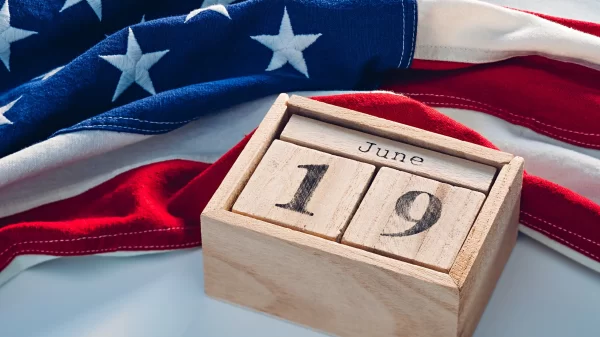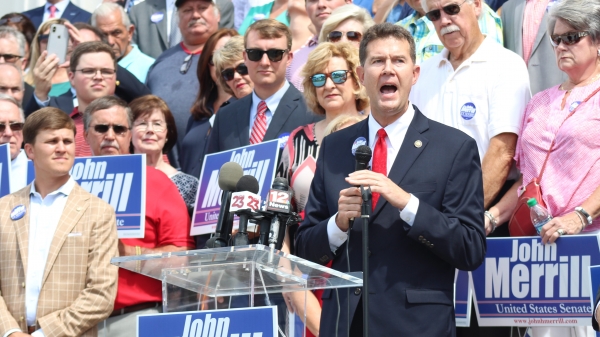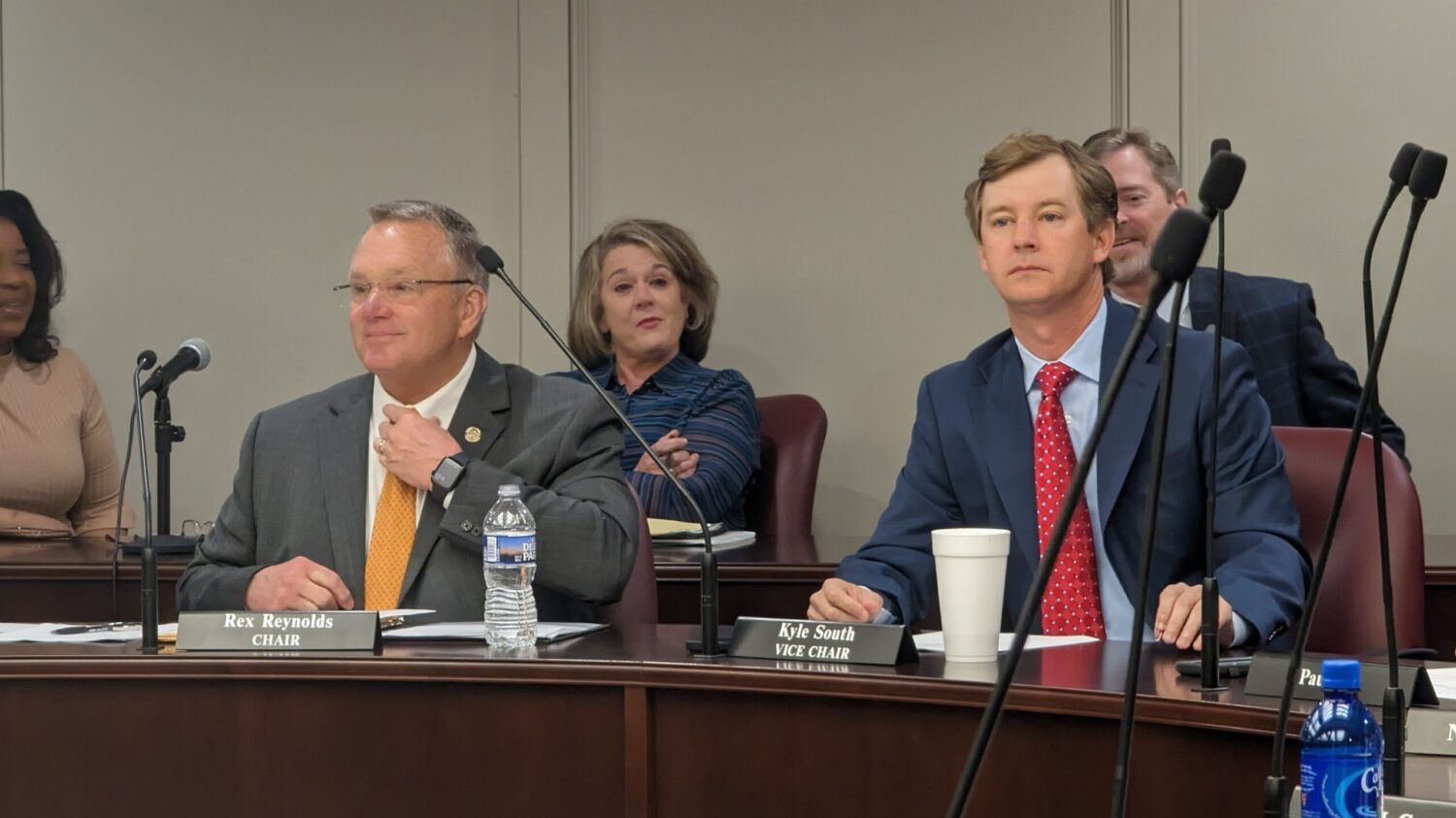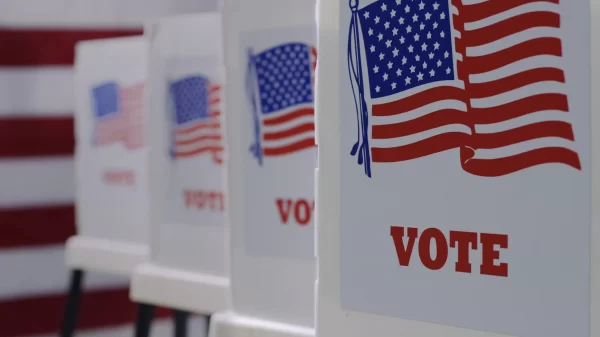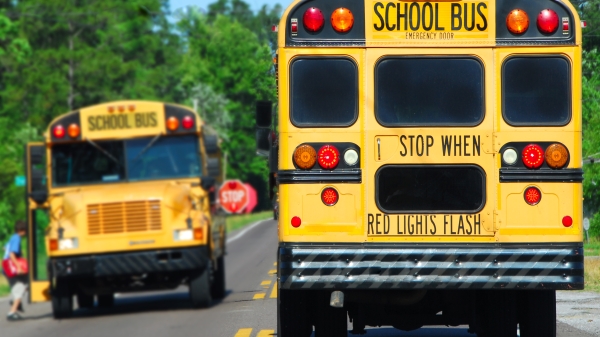|
Getting your Trinity Audio player ready...
|
Make no mistake: the groups expected to receive a share of Alabama’s $1 billion in COVID relief money are happy to get it. But the money won’t address all the needs they have.
HB1, which would distribute those dollars to broadband; health care, and water and sewer projects, passed the House Ways and Means General Fund Committee Thursday morning on a voice vote. The House could vote on the bill as early as Tuesday.
The bill, sponsored by House Ways and Means General Fund Committee chair Rex Reynolds, R-Huntsville, would put up to $400 million into water and sewer projects; up to $260 million into broadband expansion; up to $100 million to nursing homes and another $100 million to hospitals.
Representatives of the Alabama Hospital Association and the Alabama Nursing Home Association said Thursday they were grateful for the help, and that it would keep their doors open.
But Danne Howard, deputy director of the Alabama Hospital Association, said they asked for $375 million, or nearly four times what they received. She said that the $375 million was not an amount that would make hospitals “whole,” but an amount that would keep hospitals from making “some very difficult decisions.”
“It was enough to provide enough of a bridge to keep some people operational while we try to figure out what’s next – closing the coverage gap and other things,” she said. “$100 million, while it’s helpful, it’s not going to be enough to make a difference for some.”
Howard said that the state has at least 16 hospitals in immediate jeopardy of closing. Any one of those hospitals, she said, could use the entire $100 million to address their needs. An equitable distribution of the funds, she said, will not likely keep some of these hospitals open in the long-term.
John Matson, a spokesman for the Alabama Nursing Home Association, declined to say how much the association asked for, but said they were pleased to with $100 million.
Nursing homes took an early hit in the pandemic, and Matson said that these facilities have had a “tremendous amount of expenses” related to staffing, both in increases in pay and bonuses to their staff, and when they needed, to the cost of bringing in agency staff.
Nursing homes also used a lot of personal protective equipment (PPE) and built isolation units. They also had to update their HVAC systems, Matson said, along with conducting COVID testing.
Matson said the association is pleased with what has been proposed so far, and they are “very thankful for that and it’s much needed.”
Infrastructure
Water and sewer projects got $225 million in Alabama’s first round of COVID relief money. HB 1 would raise that to $400 million. Broadband funding went down slightly, from $276 million in last year’s allocations to $260 million in this year’s proposal.
Mike Presley, a spokesman for the Alabama Department of Economic and Community Affairs, which oversees state broadband programs, said in a statement that the funding from this round will be used to assist internet service providers with projects to expand the availability of high-speed internet service to unserved areas of Alabama, primarily in rural areas.
During the House committee meeting on Thursday, Rep. Arnold Mooney, R-Indian Springs, said he was awaiting answers on questions on whether these funds would be used for middle-mile or last-mile projects.
Middle-mile projects connect thousands of miles of fiber infrastructure needed to reach communities and unserved areas throughout the state.
They provide improved access to unserved areas to make it easier and more cost-effective for internet service providers to complete the last-mile projects that provide actual broadband availability to homes, businesses and schools.
Last-mile projects are the extensions and connections of high-speed internet service to unserved homes, businesses and community anchors like libraries and schools. Last-mile projects often have high costs, because they require the creation of infrastructure to support broadband.
Once these projects are completed by an internet service provider, those households and businesses can subscribe to the high-speed internet service.
Presley said that it is too early to know if these funds will be used for middle-mile projects, last-mile projects, or both because the money has not been allocated yet from the second round of ARPA funding. The first round ARPA funds supported both types of broadband projects.
The Alabama Department Environmental Management previously said there is more need than funding available to meet the funding requests. According to ADEM, as of Dec. 31, 2022, the department has about $2.5 billion dollars requested for unfunded projects.
The House committee also approved HB2, sponsored by Reynolds, that would fully pay back $437 million borrowed from the Alabama Trust Fund in 2012 amid a budget crisis.
A Senate committee passed a similar version of the bill on Thursday.












